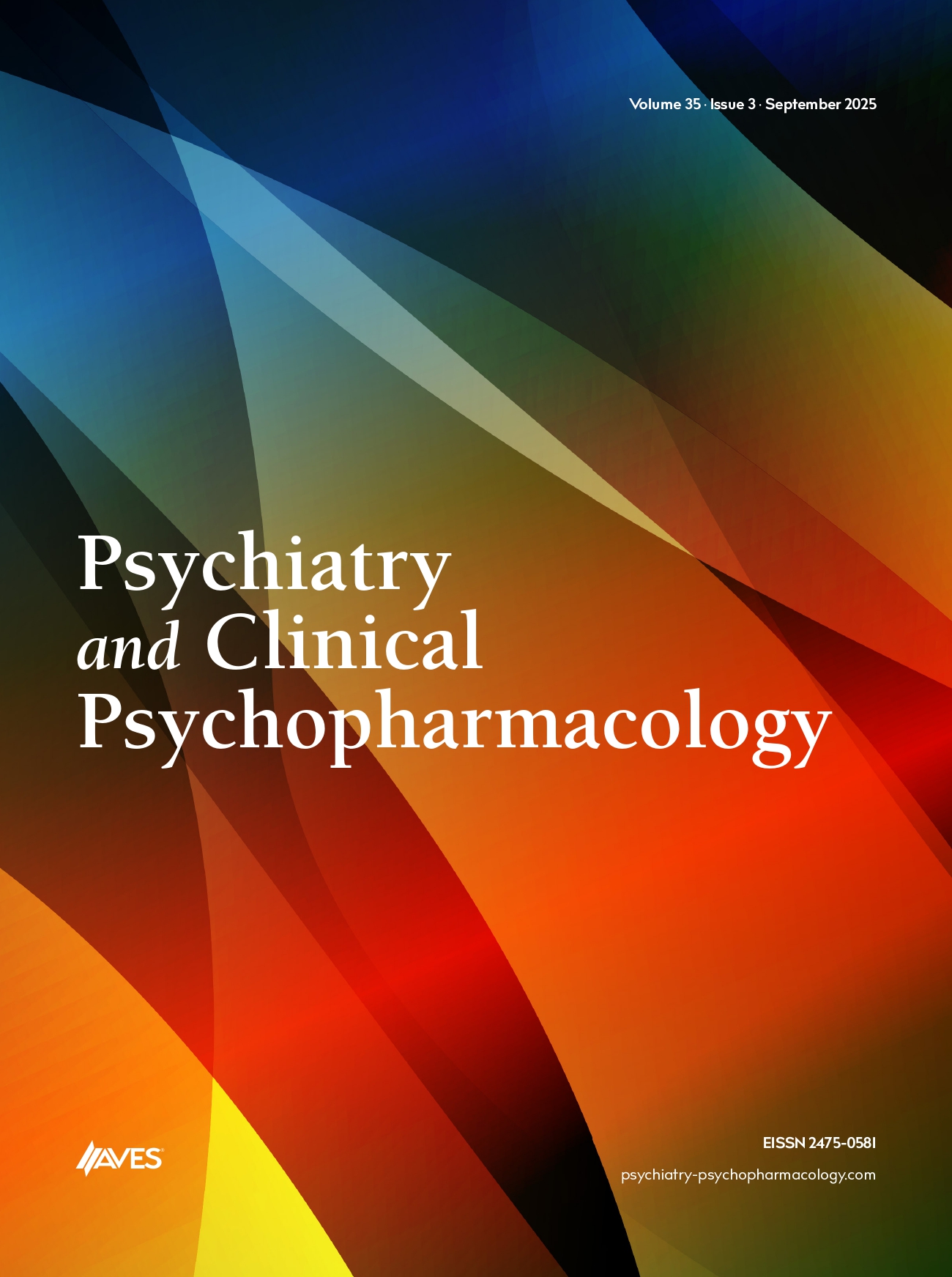In preclinical experiments, lithium has a myriad of actions. A brief review of the main actions of lithium will be given concentrating on its effects on monoamines, on signal transduction pathways and on neuroplasticity. It is not clear which of these many actions are important for lithium’s unique clinical profile. One way around this problem is to do studies of lithium in normal human subjects to investigate which cellular effects of lithium appear to have significant effects in the human subject. An example of such a study is given below. However, it should be noted that this technique might not provide all the answers since it is conceivable that lithium’s important clinical effects are only evident, when it is given to people who are unwell with disturbed physiology. A recent randomized placebo controlled study of lithium involving 24 healthy men will be described. There is preclinical evidence from our group and others that one of the important actions of lithium is to attenuate the release of dopamine without change in postsynaptic dopamine receptors and it is being proposed that the anti-manic properties of lithium derive from this effect. In our study, mania was modeled by the administration of methylphetamine. Sustained attention, known to be disturbed in mania, was assessed during functional magnetic resonance imaging. Within the lithium group, response times were slowed and the effects of methylphetamine on functional magnetic resonance imaging contrast diminished suggesting that lithium is associated with reduced dopamine release in humans. Further examples of the translational approach will also be reviewed. A series of studies have investigated the putative neuroplastic effects of lithium. Changes in neuroplasticity markers have been seen in rat studies of lithium but the equivalent human studies are negative. There is uncertainty over the effect of lithium on grey matter volumes in MRI scans in controls and in bipolar disorder and this evidence will be discussed. Finally, studies examining the biochemical and neuroendocrine effects of lithium in normal controls will be reviewed and contrasted with data from animal studies and studies of bipolar disorder. All these findings will be discussed in the context of current theories of lithium’s mechanism(s) of clinical action.


.png)
.png)